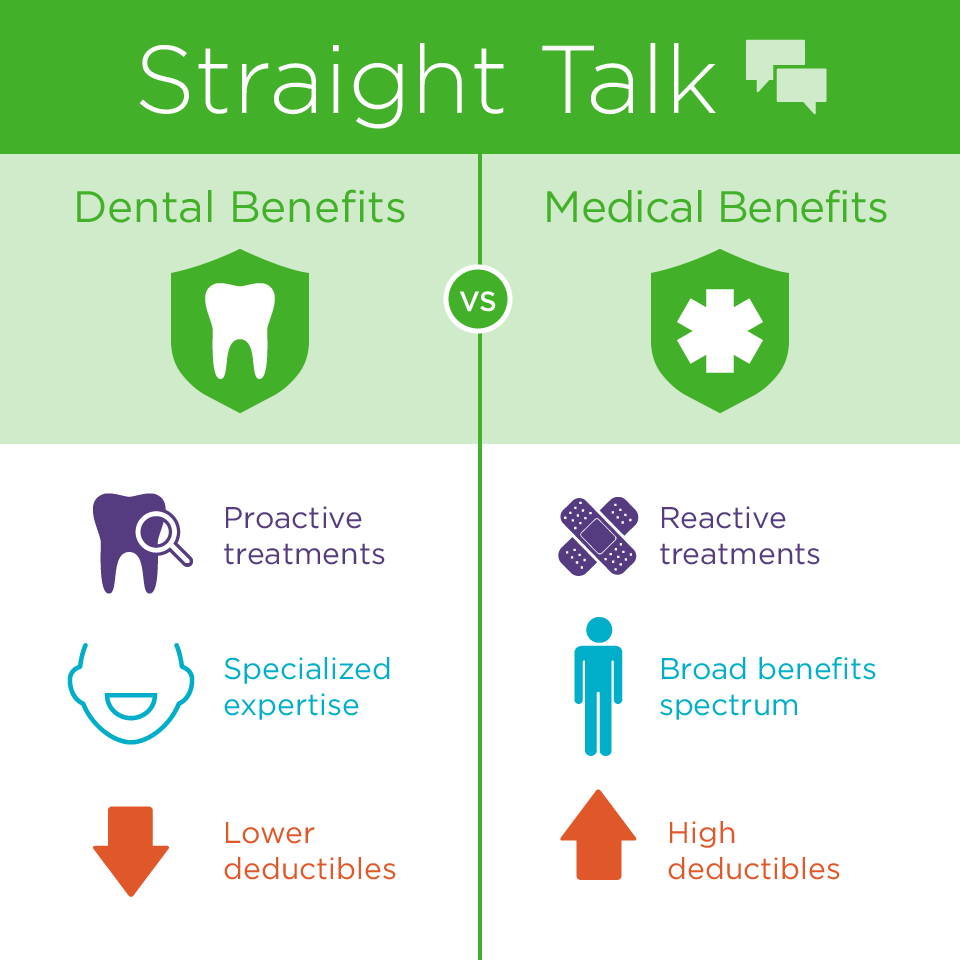Things about Medicare Advantage Agent
Things about Medicare Advantage Agent
Blog Article
The smart Trick of Medicare Advantage Agent That Nobody is Discussing
Table of ContentsUnknown Facts About Medicare Advantage AgentThe Basic Principles Of Medicare Advantage Agent See This Report on Medicare Advantage Agent

complies with from puzzling the reasonably young age account of the without insurance with the much better wellness, typically, of younger individuals. This covers the web link between wellness standing and medical insurance. For those without accessibility to office medical insurance, bad health is a prospective obstacle to acquiring nongroup protection due to the fact that such insurance coverage might be extremely valued, exclude preexisting conditions, or be merely unavailable. The number of uninsured Americans is not particularly large and has not altered in the last few years. 7 out of ten participants in an across the country depictive study believed that less Americans lacked health insurance than really do(Fronstin, 1998). Approximately half(47 percent )thought that the variety of individuals without wellness insurance reduced or stayed constant over the last fifty percent of the last decade(Blendon et al., 1999). This decline of virtually 2 million in the variety of people 'without insurance policy (a reduction
of about 4 percent)is certainly a favorable modification. With a softer economic situation in 2000 the current reported gains in insurance coverage might not proceed(Fronstin, 2001 ). The decline in the number of without insurance will certainly not proceed if the economy stays sluggish and healthcare prices remain to outmatch rising cost of living. This is because the information were gathered for a period of strong economic efficiency. Of the estimated 42 million individuals who were uninsured, just about concerning 420,000(regarding 1 percent)were under 65 years of age, the age at which most Americans come to be eligible for Medicare; 32 million were adults in between ages 18 and 65, about 19 percent of all grownups in this age group; and 10 million were kids under 18 years old, regarding 13.9 percent of all children (Mills, 2000). These price quotes of the number of individuals uninsured are generated from the annual March Supplement to the Existing Populace Study (CPS), performed by the Demographics Bureau. Unless otherwise noted, nationwide price quotes of individuals without wellness insurance policy and proportions of the populace with different type of insurance coverage are based on the CPS, one of the most commonly used source of quotes of insurance coverage and uninsurance rates. These studies and the price quotes they yield are described briefly in Table B. 1 in Appendix B - Medicare Advantage Agent. These surveys differ in size and sampling approaches, the questions that are inquired about insurance coverage
All About Medicare Advantage Agent
protection, and the time period over which insurance protection or uninsurance is measured(Lewis et al., 1998, Fronstin, 2000a ). Still, the CPS is specifically helpful due to the fact that it creates yearly quotes relatively rapidly, reporting the previous year's insurance policy coverage approximates each September, and since it is the basis for a constant collection of estimates for even more than twenty years, permitting analysis of trends in insurance coverage over time.

Medicare Advantage Agent Fundamentals Explained
Over a three-year period beginning early in 1993, 72 million individuals, 29 percent of the united state population, were without protection for at least one month. Within a solitary year(1994), 53 million individuals experienced a minimum of a month without protection(Bennefield, 1998a). 6 out of every 10 without insurance grownups are themselves used. Working does enhance the chance that one and one's household participants will have insurance coverage, it is not a warranty. Even members of family members with two full time wage income earners have nearly a one-in-ten opportunity of being uninsured (9.1 percent uninsured price)(Hoffman and Pohl, 2000 ). The connection in between medical insurance and access to care is well established, as documented later on in this chapter. The relationship in between wellness insurance and wellness outcomes is neither direct neither straightforward, a comprehensive scientific and health solutions research study literary works links health insurance policy protection
to improved access accessibility care, better much betterTop quality and improved enhanced individual population health wellnessStanding For instance, the 2nd record, on individual health outcomes for without insurance grownups, is stood for by the innermost circle of the number, while the third record, on household wellness, includes the subjects of the 2nd record yet emphasizes a various system of analysis, specifically, the family. The sixth record in the collection will provide information about strategies and initiatives embarked on locally, statewide, or nationally to deal with the absence of insurance policy and its unfavorable impacts. Degrees of analysis internet for examining the effects of uninsurance. This discussion of medical insurance coverage focuses mainly on the united state populace under age 65 since practically all Americans 65 and older have Medicare or other public insurance coverage.
It focuses especially on those without any type of health and wellness insurance coverage for any kind of size of time. The problems faced by the underinsured remain in some respects similar to those encountered by the without insurance, although they are usually less serious. Uninsurance and underinsurance, nonetheless, involve distinctly different plan issues, and the approaches for resolving them might differ. Throughout this research and the five records to adhere to, the major emphasis is on individuals without any health insurance policy and hence no aid in paying for health and wellness treatment beyond what is available through charity and safety net organizations. Medical insurance is an effective aspect influencing receipt of care because both patients and medical professionals react to the out-of-pocket rate of solutions. Medical insurance, nevertheless, is neither required nor enough to access to clinical solutions. Nonetheless, the independent and straight impact of wellness
insurance coverage on accessibility to health and wellness services is well developed. Others will certainly obtain the healthcare they need even without health insurance coverage, by paying for it expense or seeking it from suppliers who use care cost-free or at extremely subsidized prices. For still others, medical insurance alone does not make certain receipt of care because of various other nonfinancial barriers, such as a lack of healthcare providers in their area, limited accessibility to transportation, illiteracy, or etymological and social distinctions. Official research study concerning without insurance populaces in the USA dates to the late 1920s and very early 1930s when the Committee on the Price of Treatment generated a series of reports about financing medical professional office check outs and hospital stays. This problem became prominent as the varieties of medically indigent climbed up during the Great Clinical depression. Empirical studies constantly support the link between access to care and improved wellness results(Bindman et al., 1995; Starfield, 1995 ). Having a regular resource of treatment can be taken into consideration a predictor of gain access to, rather than a direct action of it, when health and wellness results are themselves made use of as accessibility indications. This expansion of the notion of accessibility dimension was made click here to read by the IOM Committee on Keeping An Eye On Accessibility to Personal Health And Wellness Care Solutions(Millman, 1993, p. Whether parents are guaranteed shows up to affect whether their youngsters receive treatment in addition to exactly how much careeven if the youngsters themselves have coverage(Hanson, 1998). The wellness of parents can affect their ability to take care of their youngsters and the degree of family stress. Stressing over their kids's access to care is itself a source of tension for moms and dads. Three phases comply with in this record. Phase 2 provides a review of just how employment-based health and wellness insurance, public programs and private insurance coverage plans operate and interact to give substantial yet incomplete coverage of the U.S. population. This includes an evaluation of historical fads and public laws influencing both public and personal insurance, a conversation of the communications among the various kinds of insurance coverage, and an examination of why people relocate from one program to another or finish up

Report this page